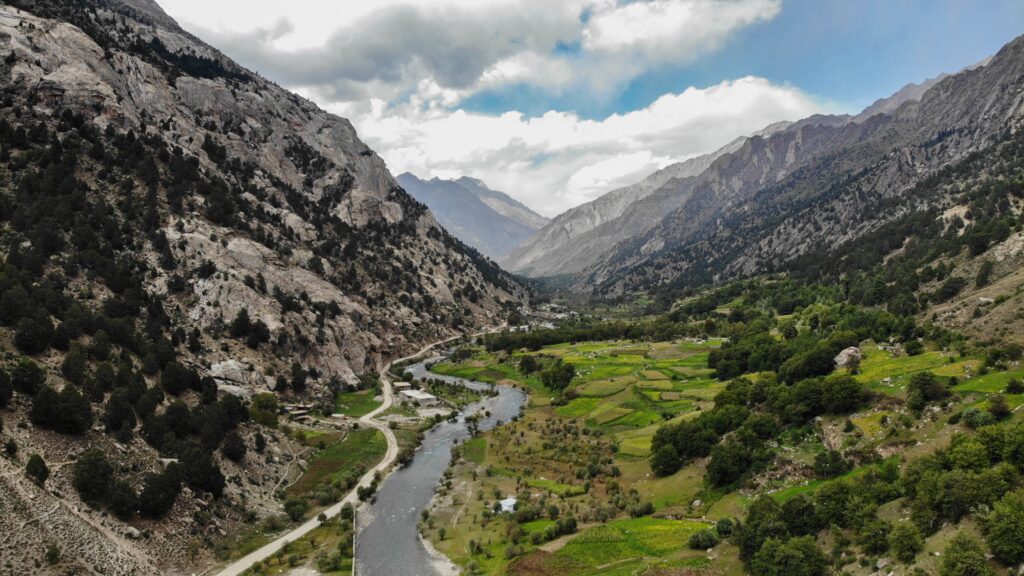Menu
National Report Cards
The E.O. Wilson Biodiversity Foundation’s Half-Earth Project aims to identify and protect sufficient habitat to safeguard global biodiversity. But where can people go to learn which unprotected areas could best contribute to the Half-Earth goal of conserving global biodiversity? Visualizing scientific advances in understanding the health and habitats of species makes biodiversity tangible for policymakers at global, national, and local levels, so we’ve created Species Protection Index National Report Cards (NRCs) to summarize various aspects of conservation efforts at the national level. The Species Protection Index (SPI) is an indicator of global biodiversity change that is featured in the NRCs. The report cards can be used to explore different national indicators measuring conservation needs and progress and to understand the unique challenges faced by each country. NRCs focus on a single country and can be viewed on the Half-Earth Project Map or as individual report cars below.
“SPI National Report Cards are reimagining the way species conservation is done. Finding opportunities where we can partner with other global efforts will improve our ability to protect species now and combat climate change which threatens the quality of habitat.”
Walter Jetz, Scientific Chair of the E.O. Wilson Biodiversity Foundation, and professor of ecology and evolutionary biology and environment at Yale University.
At this time, the national SPI values are only calculated for vertebrate species, because high-quality, high-resolution data is only available for approximately 40,000 such species. NRCs on the Half-Earth Project Map offer a full range of interactive features to explore, including layers of priority, richness, and rarity, trends, tools for comparing national SPIs, and custom analysis tools. Learn more about the features of NRCs on the Half-Earth Project Map.
Explore the National Report Cards
13.38
39.15
50.68
24.67
































